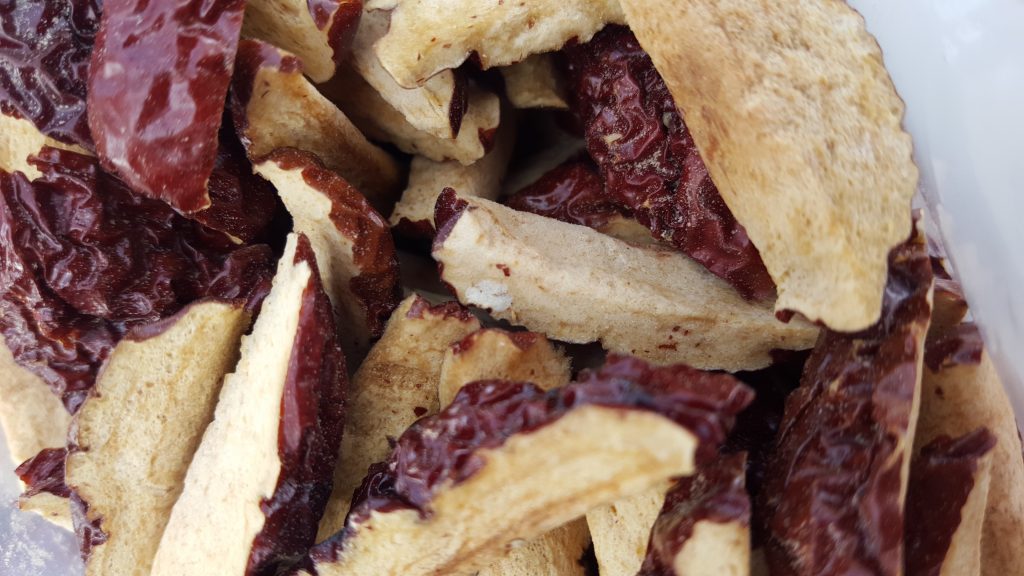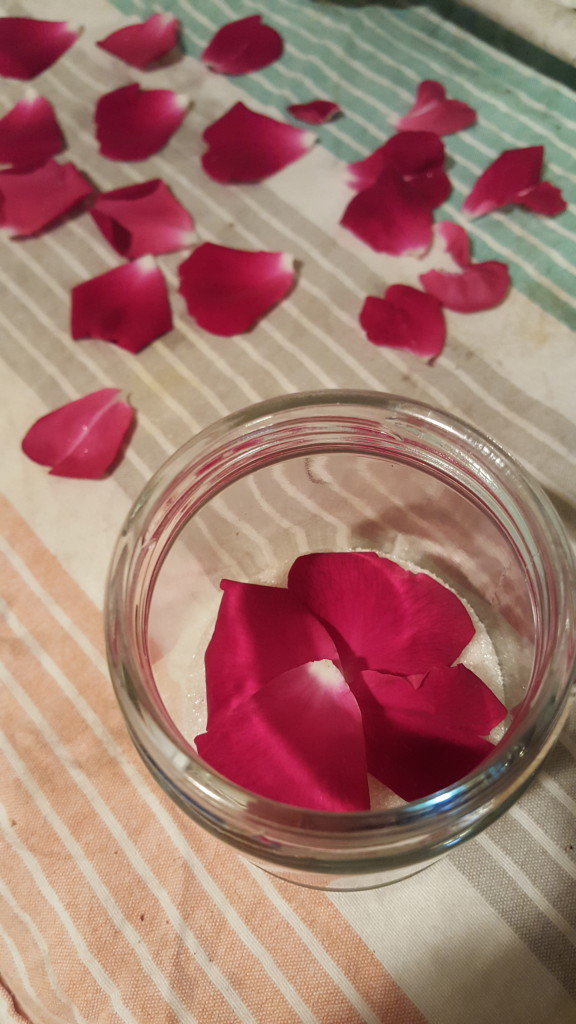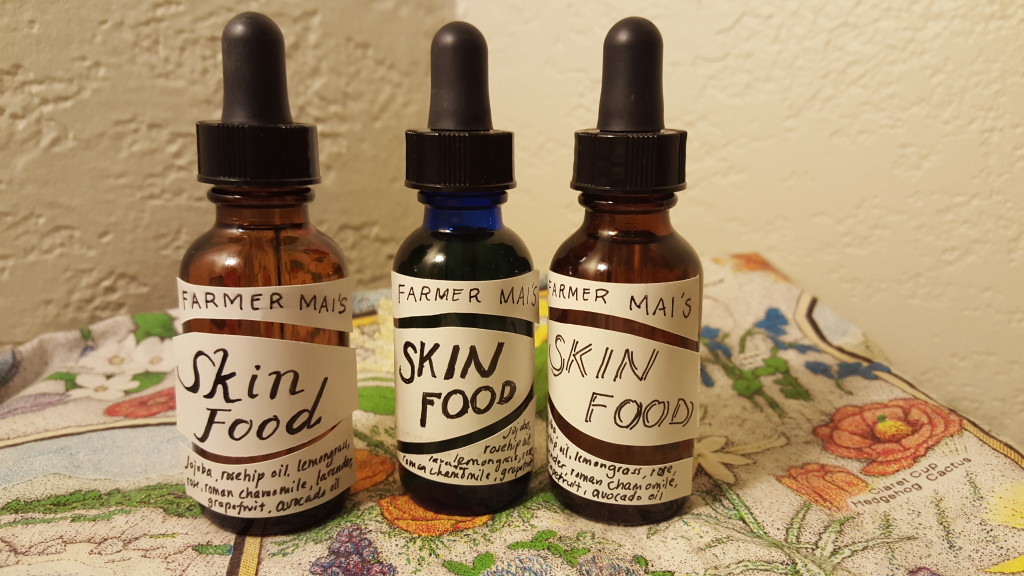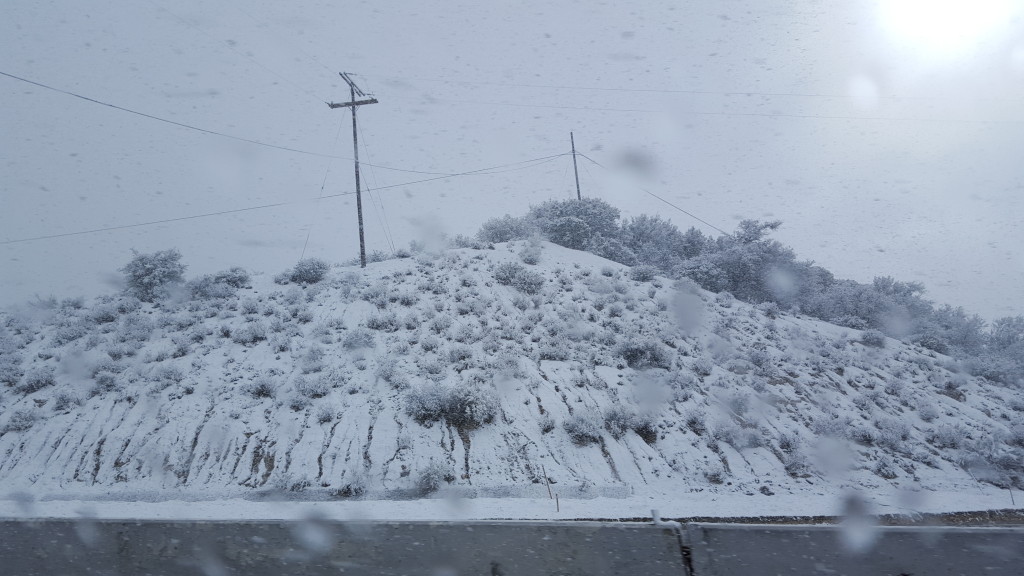
Jujubes are often called ‘Chinese apples’ but don’t be deceived by this name. These relatives to apricots are eaten throughout East and Southeast Asia. The arid, frigid cold climes of the California Hi-Desert make for extra sweet, extra plump versions of their Asian stock.
They can be eaten fresh, dried, dehydrated, or made into juice. These fruits become sweeter and more flavorful the drier they become. The dry versions have the consistency of marshmallow and taste like apples, hence the common name. My favorite are the dehydrated forms. They’re crunchy like a malt or French macaron and taste like toasted marshmallow and a hint of plum. I could eat them all day — sweet, but not saccharine. The juice is like a thin, apple-y molasses. Mmm!

My introduction to jujubes came through one of my favorite Vietnamese deserts: chè sâm bổ lượng. Imagine a tall glass filled with what looks to be an aquarium of fruits. Job’s tears (a kind of barley), lotus seeds, jujubes, thin strands of seaweed, gingko nuts, and goji berries are suspended in a sweet, clear syrup. These deserts are packed with shaved ice and are a mix of healthy and decadent ingredients that cool one’s body.
During my last visit to the Korean jujube co-op, I visited one of the farmers to help him with his organic certification. The farm is nestled up against the tan and creosote speckled granite rocks of the Hi-Desert. Jujube tree rows break up the flat sandy valley and provide a shade of green rare in the stretch of California’s belly. The flowers were late to bloom this year, so the farmers in the jujube co-op are unsure when or if they’ll have a harvest this year. In the meantime, I took advantage of last year’s remains and bought some of the dried jujubes. They’ll be great for chè sâm bổ lượng during our inland hot days.













